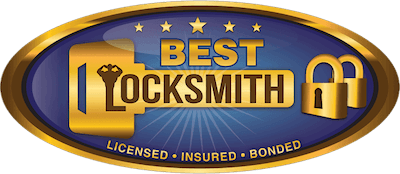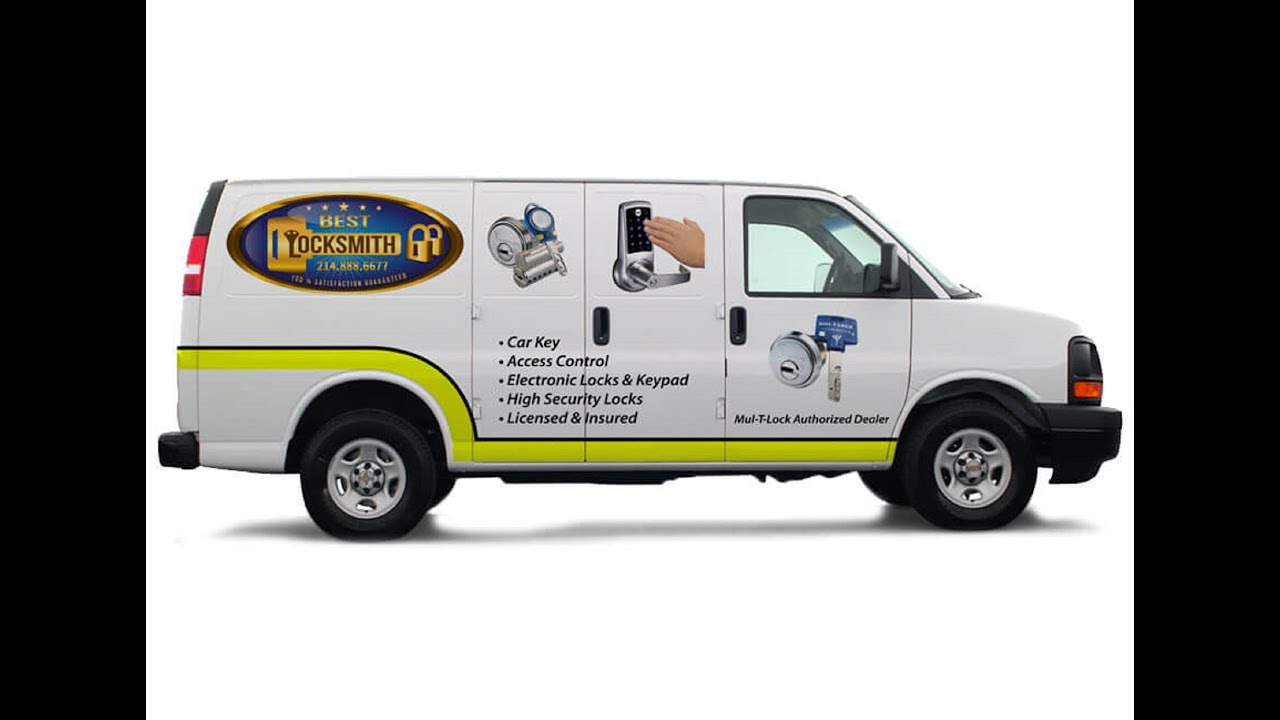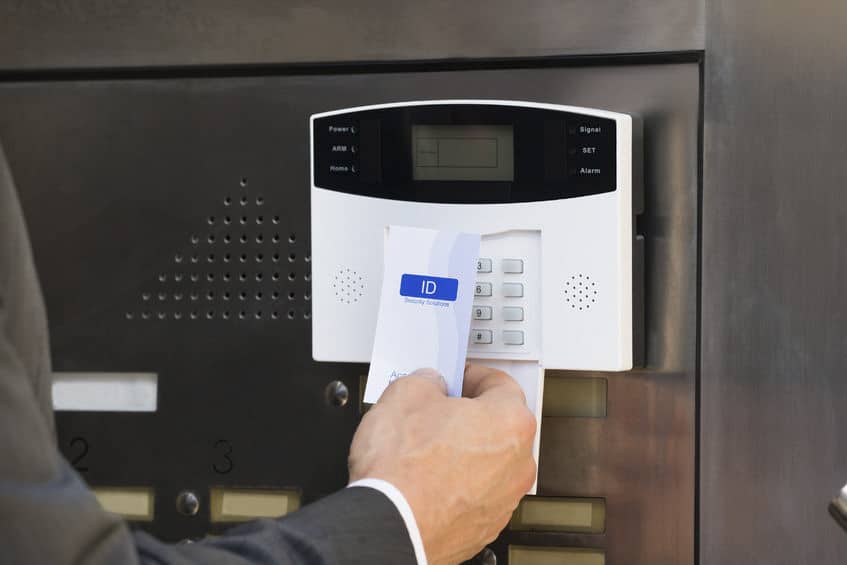
In the rapidly evolving world of technology and security, the locksmith industry has witnessed groundbreaking advancements. This article explores the various innovations offered by the Best Locksmith Dallas, in Allen, in the realm of science, technology, locksmithing, security, and access control mechanisms. From traditional locks to electronic locks, card access systems to high-tech smart locks, this article aims to provide an in-depth understanding of the latest trends in access control systems and how they enhance security.
1. The Evolution of Locksmithing
1.1 The Historical Perspective of Locks
To appreciate the current advancements, it is essential to take a trip back in time and understand the origins of locksmithing. The earliest locks can be traced back to ancient civilizations, where simple wooden mechanisms were used to secure valuables and protect properties. These rudimentary locks laid the foundation for the development of more sophisticated security solutions over the centuries.
With the rise of more complex societies and the need for enhanced security, locksmithing evolved. Metal locks, first introduced in ancient Egypt and later refined during the Roman Empire, offered greater strength and durability. In the Middle Ages, locksmiths in Europe became skilled artisans, crafting intricate and ornate locks for castles and estates.

1.2 The Rise of Electronic Locks
In recent decades, electronic locks have revolutionized the locksmith industry. These locks utilize electronic components such as keypads, wireless proximity readers, and advanced algorithms to provide enhanced security and convenience.
Electronic locks offer several advantages over traditional mechanical locks. They allow for keyless entry, reducing the risk of lost or stolen keys. Additionally, electronic locks can be easily integrated into access control systems, enabling organizations to manage and monitor access more efficiently.
2. Access Control Mechanisms
2.1 Understanding Access Control Systems
Access control systems are at the forefront of modern security practices. These systems are designed to regulate access to physical or digital spaces, ensuring that only authorized individuals can gain entry. Access control mechanisms play a crucial role in safeguarding sensitive information, protecting valuable assets, and maintaining the safety of personnel.
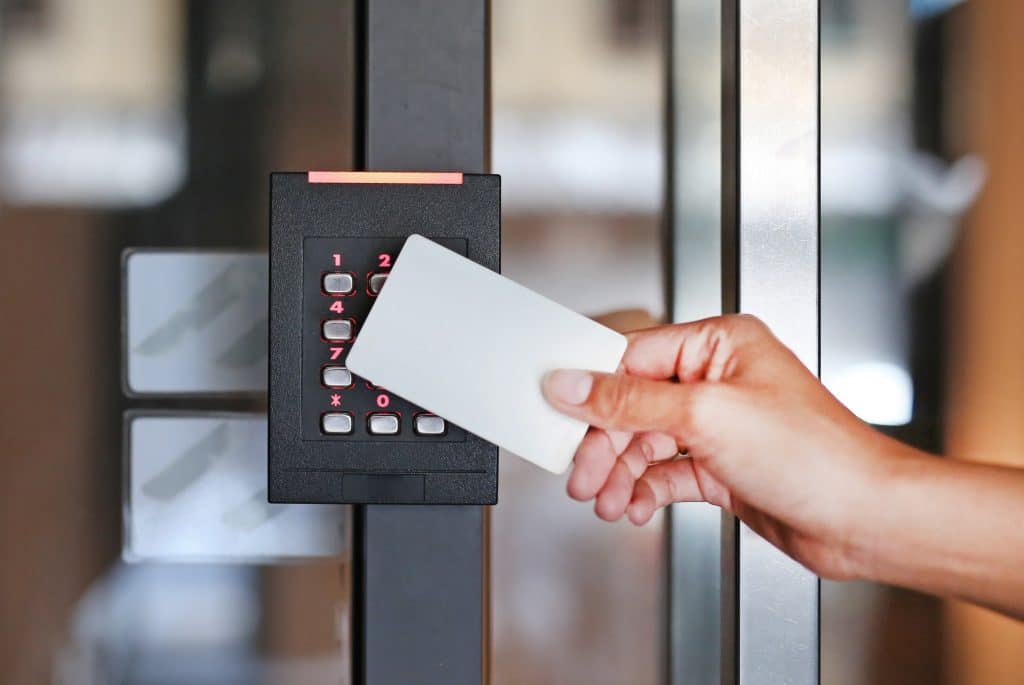
2.2 Card Access Users
Card access systems are a common feature in access control mechanisms. Employees or users are provided with access cards or key fobs that contain encrypted data, granting them access to specific areas based on their privileges. Card access systems are highly customizable, allowing organizations to grant different levels of access to different individuals based on their roles and responsibilities.
2.3 Keypad Entry Systems
Keypad entry systems offer an additional layer of security. Users must input a unique code to gain access, reducing the reliance on physical keys and providing the flexibility to change access codes regularly. Keypad entry systems are widely used in residential and commercial settings due to their ease of use and cost-effectiveness.
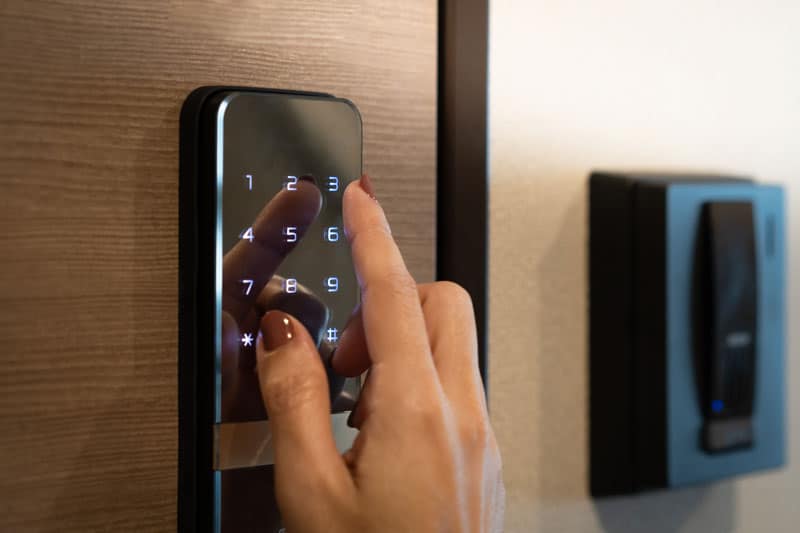
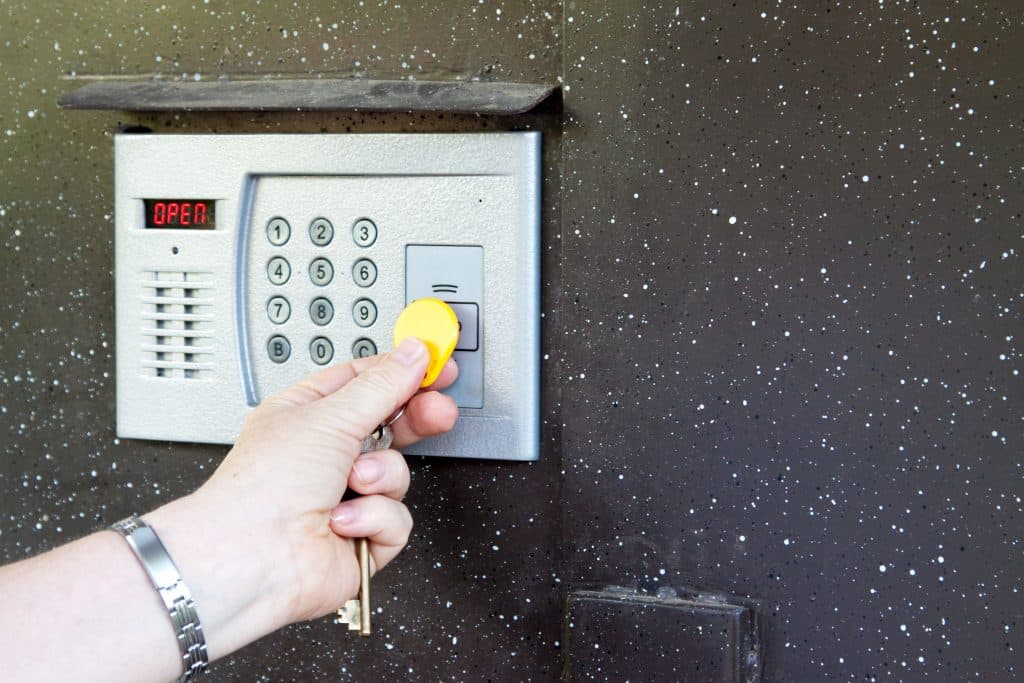
2.4 Wireless Proximity Readers
Wireless proximity readers have gained popularity due to their convenience. These readers use radio frequency identification (RFID) technology to detect access cards or key fobs when they are in close proximity, allowing for swift and seamless entry. Wireless proximity readers are particularly useful in high-traffic areas where quick access is essential.
3. The Emergence of High-Tech Smart Locks
3.1 Embracing Smart Lock Technology

High-tech smart locks have taken access control to new heights. These locks can be integrated into smart home systems, allowing users to control access remotely through their smartphones or other connected devices. Smart locks have become increasingly popular among homeowners who seek to enhance the security of their properties while enjoying the convenience of modern technology.
3.2 Keyless Entry and Biometric Authentication
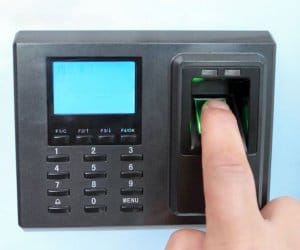
Smart locks often feature keyless entry options, eliminating the need for physical keys altogether. Instead, users can unlock doors using their smartphones, access cards, or personal identification numbers (PINs). Some advanced smart locks even offer biometric authentication, using fingerprints or facial recognition to grant access, making them even more secure.
3.3 Enhancing Security with AI and Machine Learning
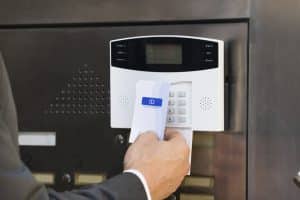
With the integration of artificial intelligence (AI) and machine learning algorithms, smart locks can learn from user behavior, adapt to patterns, and proactively enhance security measures. For example, if a smart lock detects multiple failed attempts to unlock the door, it may activate additional security protocols or notify the homeowner of potential unauthorized access.
AI-powered smart locks can also provide valuable insights into access patterns and trends, allowing homeowners and businesses to optimize their security protocols and identify potential vulnerabilities.
4. The Importance of Security in Today’s World
In an age where data breaches and physical security threats are prevalent, the role of access control systems and high-tech smart locks cannot be underestimated. The Best Locksmith Dallas, Allen, recognizes the significance of these advancements in safeguarding homes, businesses, and institutions.
Robust security measures not only protect valuable assets but also provide peace of mind to residents, employees, and customers. By staying abreast of the latest security technologies and continuously upgrading their offerings, the Best Locksmith Dallas ensures that their clients remain protected in the face of evolving security challenges.
Opinion
The evolution of locksmithing, the advent of electronic locks, and the emergence of high-tech smart locks have revolutionized the security industry. Access control mechanisms, with features like card access systems, keypad entry, and wireless proximity readers, have become an integral part of modern security practices. Best Locksmith Dallas, in Allen, stands at the forefront of these advancements, providing innovative solutions to ensure the safety and protection of individuals and assets. Embracing these technologies is not only a wise decision but a necessary one in the face of evolving security challenges.
FAQs
Q1: Are smart locks compatible with existing home automation systems?
Yes, many high-tech smart locks are designed to integrate seamlessly with popular home automation systems, offering a centralized and convenient security solution.
Q2: Can access control systems be tailored to suit different business requirements?
Absolutely! Access control systems are highly flexible and can be customized to meet the specific needs of businesses, ensuring optimal security levels.
Q3: How does biometric authentication work in smart locks?
Biometric authentication in smart locks relies on unique human characteristics like fingerprints or facial features to verify a user’s identity and grant access.
Q4: What benefits do wireless proximity readers offer in access control systems?
Wireless proximity readers offer greater user convenience, as individuals can gain access without physically swiping their access cards or key fobs.
Q5: How can AI and machine learning enhance smart lock security?
AI and machine learning enable smart locks to learn from user behavior, detect anomalies, and continually improve security measures, providing a proactive approach to safety.
